魔戒作者托爾金的手繪。
http://goo.gl/kAuvhd
J.R.R. Tolkien: Artist and Illustrator Paperback
J.R.R. Tolkien’s Little-Known, Gorgeous Art
by Maria Popova
An important side of the beloved writer, who was as much an artist of pictures as he was of words.
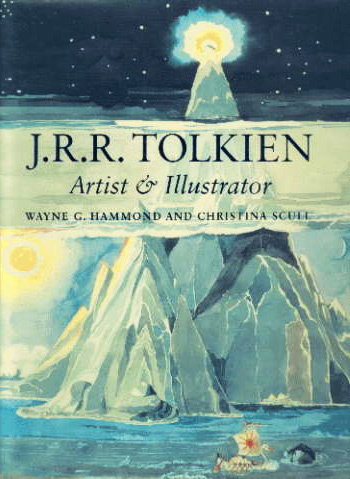 Storytelling icon J.R.R. Tolkien (January 3, 1892–September 2, 1973) was also among those rare creators with semi-secret talents in a discipline other than their primary realm of fame — but while his original sketches for the first edition of The Hobbit
have seen the light of day in recent years, few realize that Tolkien,
who self-illustrated many of his famous works, was as much an artist of
pictures as he was of words. Unlike other famous authors who also drew
but only as a hobby or diversion, including Sylvia Plath, William Faulkner, and Flannery O’Connor, Tolkien approached the visual medium with as much thoughtfulness and imaginative rigor as he did his stories. J.R.R. Tolkien: Artist and Illustrator (public library)
collects more than 200 color reproductions, many previously
unpublished, of Tolkien’s surviving art in watercolor, pencil, and ink,
spanning sixty years of his life — from his childhood drawings to his
illustrations for his books to his final sketches, as well as the
drawings he created for his own children, his obsessive calligraphy, and
his imaginative maps of Middle Earth.
Storytelling icon J.R.R. Tolkien (January 3, 1892–September 2, 1973) was also among those rare creators with semi-secret talents in a discipline other than their primary realm of fame — but while his original sketches for the first edition of The Hobbit
have seen the light of day in recent years, few realize that Tolkien,
who self-illustrated many of his famous works, was as much an artist of
pictures as he was of words. Unlike other famous authors who also drew
but only as a hobby or diversion, including Sylvia Plath, William Faulkner, and Flannery O’Connor, Tolkien approached the visual medium with as much thoughtfulness and imaginative rigor as he did his stories. J.R.R. Tolkien: Artist and Illustrator (public library)
collects more than 200 color reproductions, many previously
unpublished, of Tolkien’s surviving art in watercolor, pencil, and ink,
spanning sixty years of his life — from his childhood drawings to his
illustrations for his books to his final sketches, as well as the
drawings he created for his own children, his obsessive calligraphy, and
his imaginative maps of Middle Earth.Wayne G. Hammond and Christina Scull, who edited the volume and who ventured to England to find the exact locations where each of Tolkien’s drawings was created, write in the introduction:
We have long felt that Tolkien’s art deserves to be as well known as his writings. The two were closely linked, and in his paintings and drawings he displayed remarkable powers of invention that equalled his skill with words. His books have been read by countless thousands; most of his art, however, has been seen by only a very few.Fortunately, a wealth of Tolkien’s art survives, for the beloved author seems to have had “an archivist’s soul,” as Hammond and Scull aptly put it: He kept nearly everything he drew, down to the scraps of paper filled with spontaneous doodles, and carefully tucked his most prized creations into special envelopes which he opened periodically to add captions and inscriptions years after the drawings were made.
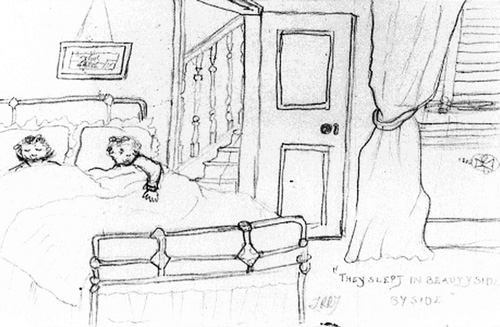
Tolkien drew this in early 1904, when he was twelve, when his mother was hospitalized for diabetes and he had to stay with her younger sister, Jane, in Sussex. The drawing depicts Jane and her husband Edwin, and the title was likely inspired by a line from the popular 19th-century poem 'The Graves of a Household' by Felicia Dorothea Hemans, which goes: 'They grew in beauty, side by side / They fill'd one home with glee.'
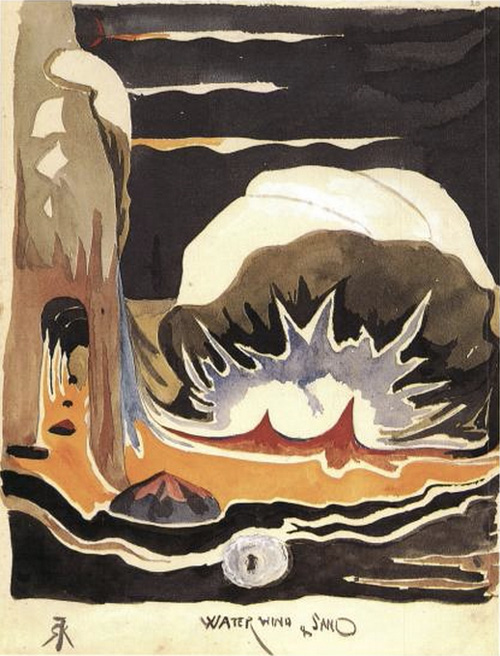
Tolkien drew this in early 1915 for 'The Book of Ishness'
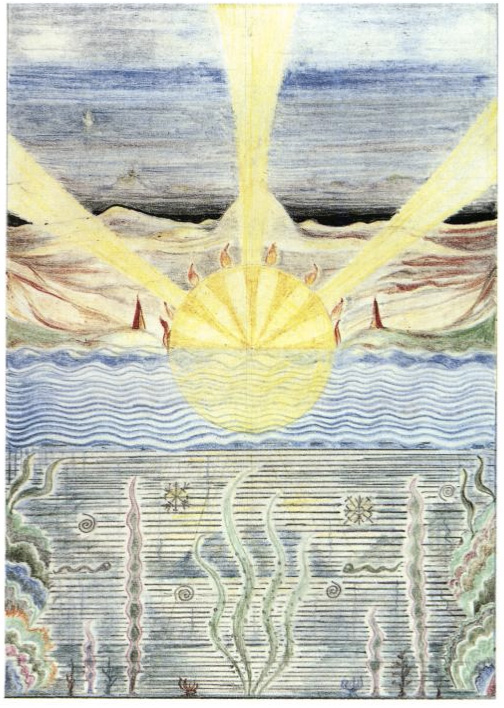
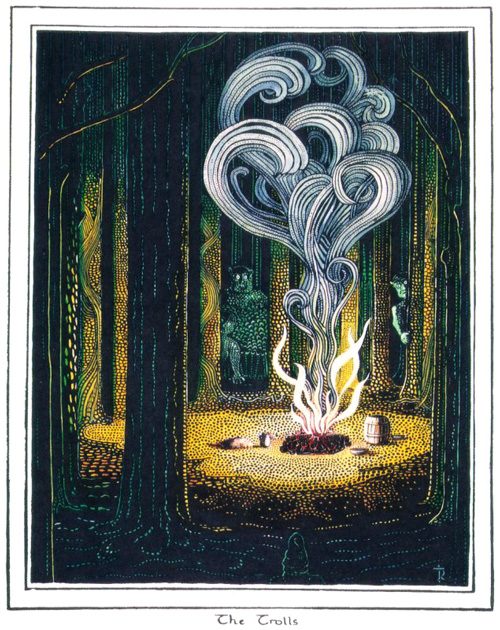
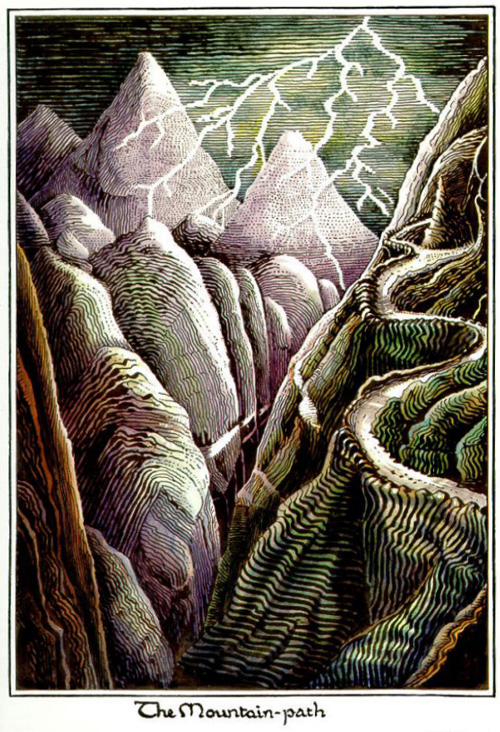
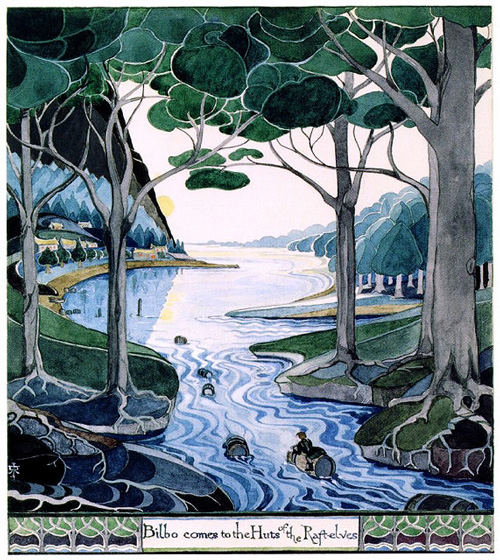

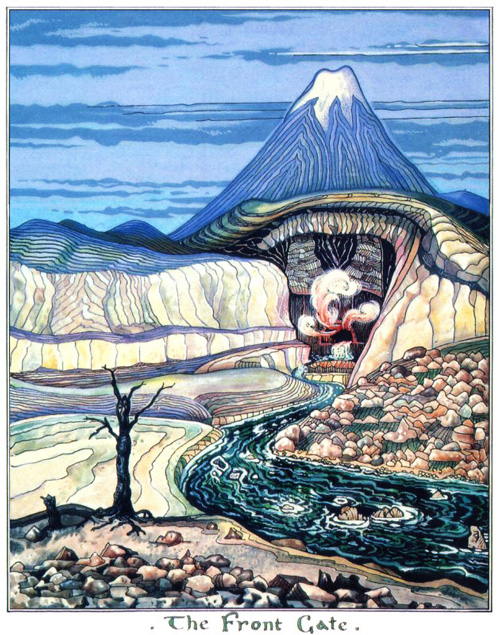
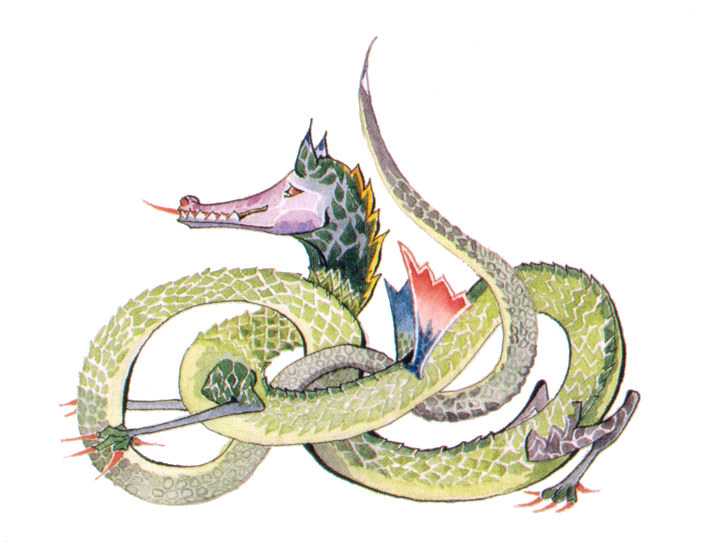
One of the most fascinating sections of the book, titled “Visions, Myths and Legends,” explores Tolkien’s drawings for abstract and psychological concepts like wickedness, weirdness, thinking, and time — something on which he had strong opinions.
(Curiously, Tolkien made the above drawing shortly after turning twenty-one, that special “grownupishness” rite of passage.)
J.R.R. Tolkien: Artist and Illustrator is a treasure trove in its entirety. Complement it with Tolkien on fairy tales, the psychology of fantasy, and why there’s no such thing as writing “for children.”
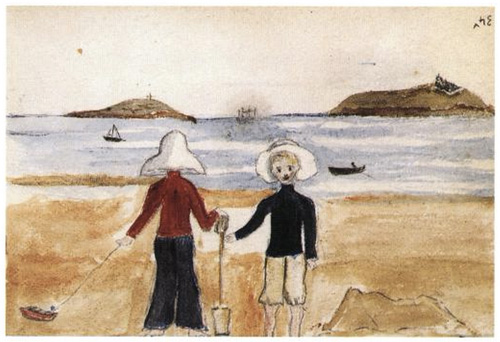
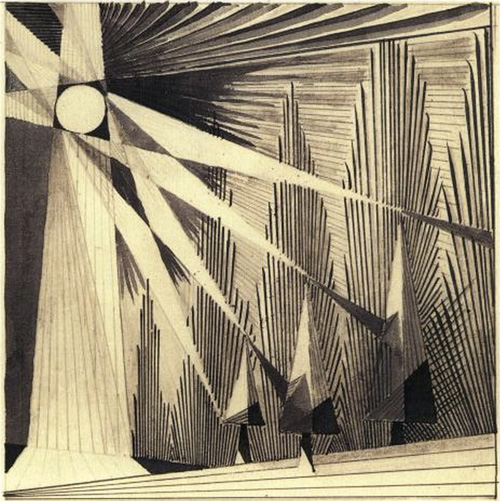
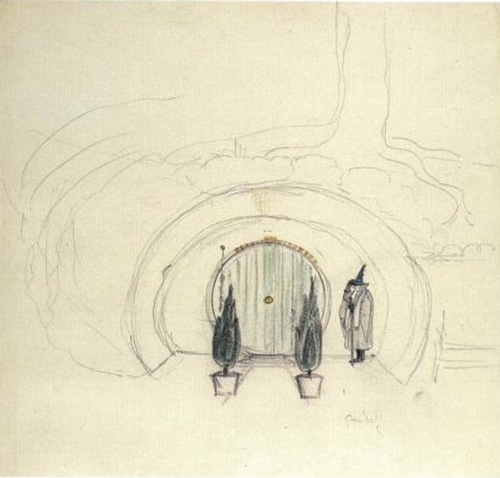
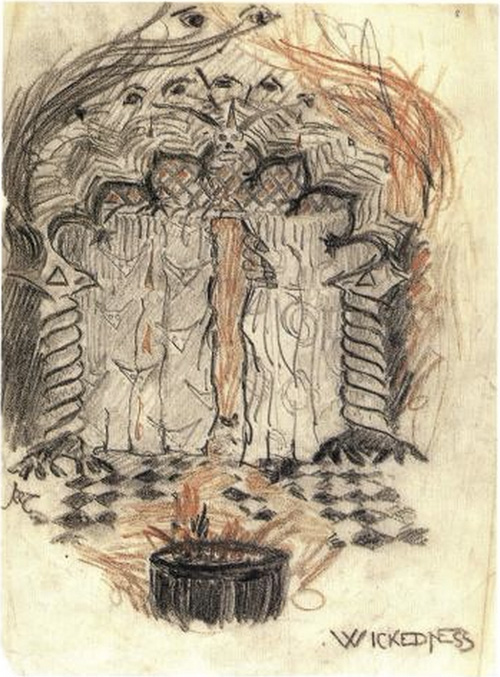
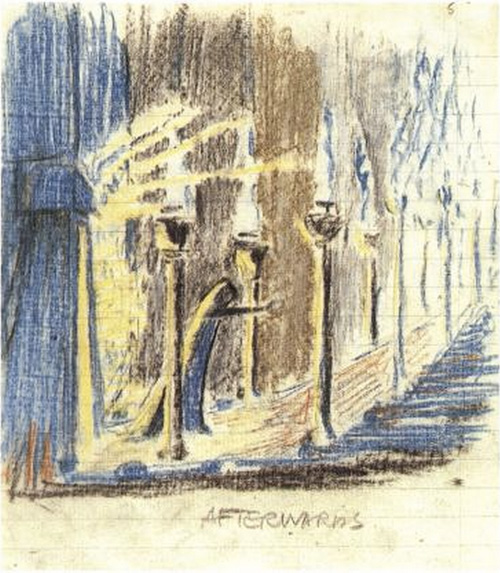
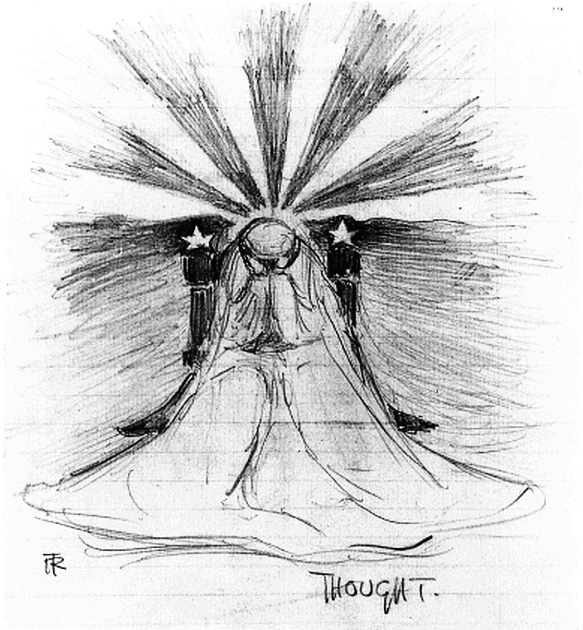
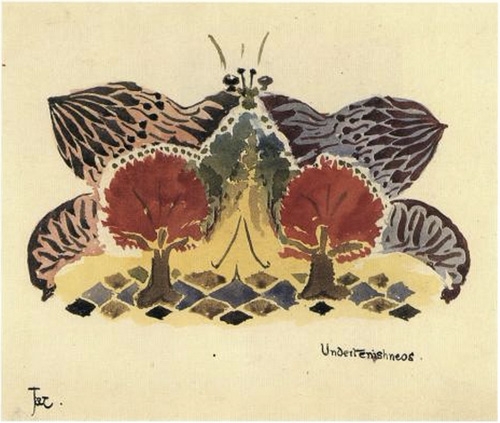
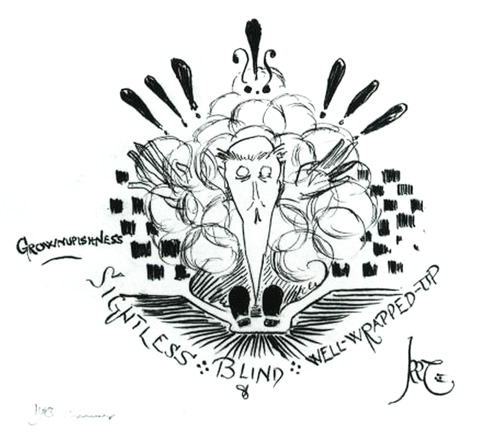
沒有留言:
張貼留言